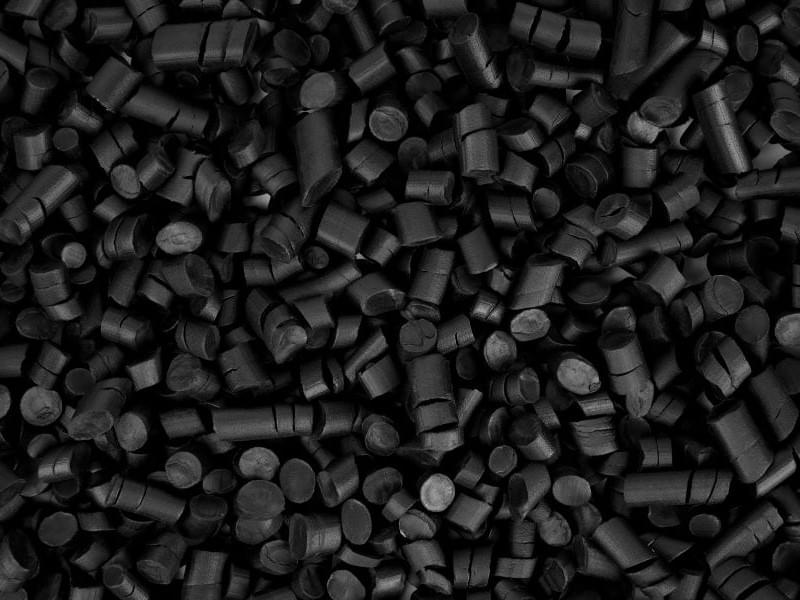LEATHERHEAD, Surrey, UK and AKRON, Ohio, USA – June 9, 2022 – Thermoset, thermoplastic and other high-performance elastomers are continuing to find new applications beyond tires, according to the latest exclusive research from Smithers.
Its brand new report –
The Future of Natural and Synthetic Rubber for Non-tire Applications to 2027 – tracks the current and future demand for 14 different grades in 21 end-use industries. Combined these will consume a total of 18.66 million tonnes of elastomers in 2022. As multiple sectors recover from the disruption of 2020-2021 and increase order volumes, Smithers forecasts consumption will increase at a compound annual growth rate (CAGR) of 3.4% to reach 22.90 million tonnes in 2027. Even as stability returns, elastomer and end-use industries are reacting to new challenges. In particular raw material input and logistics costs remain elevated, and the Russian invasion of Ukraine is placing additional pressure on supply chains. Price rises of over 40% have been recorded in response to these cumulative factors.
The need to address the realities of a post-Covid world has led to a spate of M&A activity. Several larger firms are looking to diversify their elastomer portfolios. Others, notably Bridgestone, are looking to divest lower profitability divisions as they implement business rationalisation plans.
From a material perspective TPEs will continue to replace thermoset elastomers in multiple applications, with the former growing 2.7 times faster over the Smithers forecast period. Natural rubber remains the largest single material used in non-tire applications equivalent to a projected 3.12 million tonnes in 2022.
Across 2022-2027, success for elastomer suppliers will increasingly be dependent on optimising grades for new applications, and improving performance to match changing end-use expectations.
The largest market segment is transportation, where brake and other hydraulic systems will remain the main applications. Under the hood components will see some negative impact from the switch to electrical vehicles (EVs), but demand will remain robust in exterior fixtures, such as windows, runners & seals, and LED lighting. The fastest growing transport segment will be EV battery housings, creating extra demand for silicone elastomers carrying heat conductive fillers. In these and other EV components low weight will be a top priority while vehicle range remains a key consideration for OEMs.
Industrial products will provide other markets for elastomers in belts, hoses, seals, gaskets, and tubing. Lower temperature applications will continue to employ ethylene-propylene dimer rubber (EPDM), with polyurethane and ultimately acrylate elastomers used for higher performance applications.
Building, construction and civil engineering are also recovering confidence following a collapse in demand during Covid. The lead sub-segments will be thermoset elastomers for use in roofing; EPDM in flexible pipes, door & window seals, and increasingly flooring; and styrene-butadiene-styrene (SBS) added to bitumen to improve the durability and temperature range of road surfaces.
Medical applications have gained prominence as one market that resisted the collapse in demand over 2020-2022, with new sales of TPEs for use in syringes, masks and medical tubing. This peak will begin to subside, but remain elevated, with TPEs benefiting from the phase out of PVC components in medical devices.
The fastest growth rate, close to 5.0% CAGR, will be in electrical and electronic goods. Here elastomer suppliers will benefit from new sales of both household appliances and personal electronic devices. In the short-term shortages in semiconductor supply chains will depress this recovery, however.
Sustainability is spurring R&D into other more sustainable elastomers, including grades made from non-petroleum feedstocks, such as soy, castor oil, and sugarcane. As OEMs strive to achieve their own sustainable sourcing goals such blends can command a price premium, as and when performance matches traditional blends.
The Future of Natural and Synthetic Rubber for Non-tire Applications to 2027 from Smithers provides unparalleled detail on the current, and future market demand for all elastomer types across the next five years. Its comprehensive market analysis is presented in a data set with over 130 easy-to-access tables and figures, segmenting the market by:
- Elastomer type (NR, BR, S-SBR, E-SBR, EPDM IIR, SBC, EPDM, POE, SBRL, NBR, IR, CR, Silicone elastomers, Other high-performance elastomers, TPE, TPO, TPV, TPU, TPA, TPC, Other TPE)
- End-use application (Automotive, Aerospace, Maritime, Rail, Electrical/electronic appliances, Building/construction/civil engineering, Coatings/sealants/adhesives, Footwear, Industrial products, Medical, Wires/cabling, Polymer modification, Packaging, and Sports/leisure/toys).
- Geographic region and national market (Europe, Czech Republic France, Germany, Italy, Poland, Russia, Spain, Turkey, UK; North America, US; Central & South America, Brazil; Asia-Pacific, China, India, Indonesia, Japan, South Korea, Thailand; Rest of the World)
This timely expert industry study is available to purchase now for $6,750 (€5,950, £4,950).
